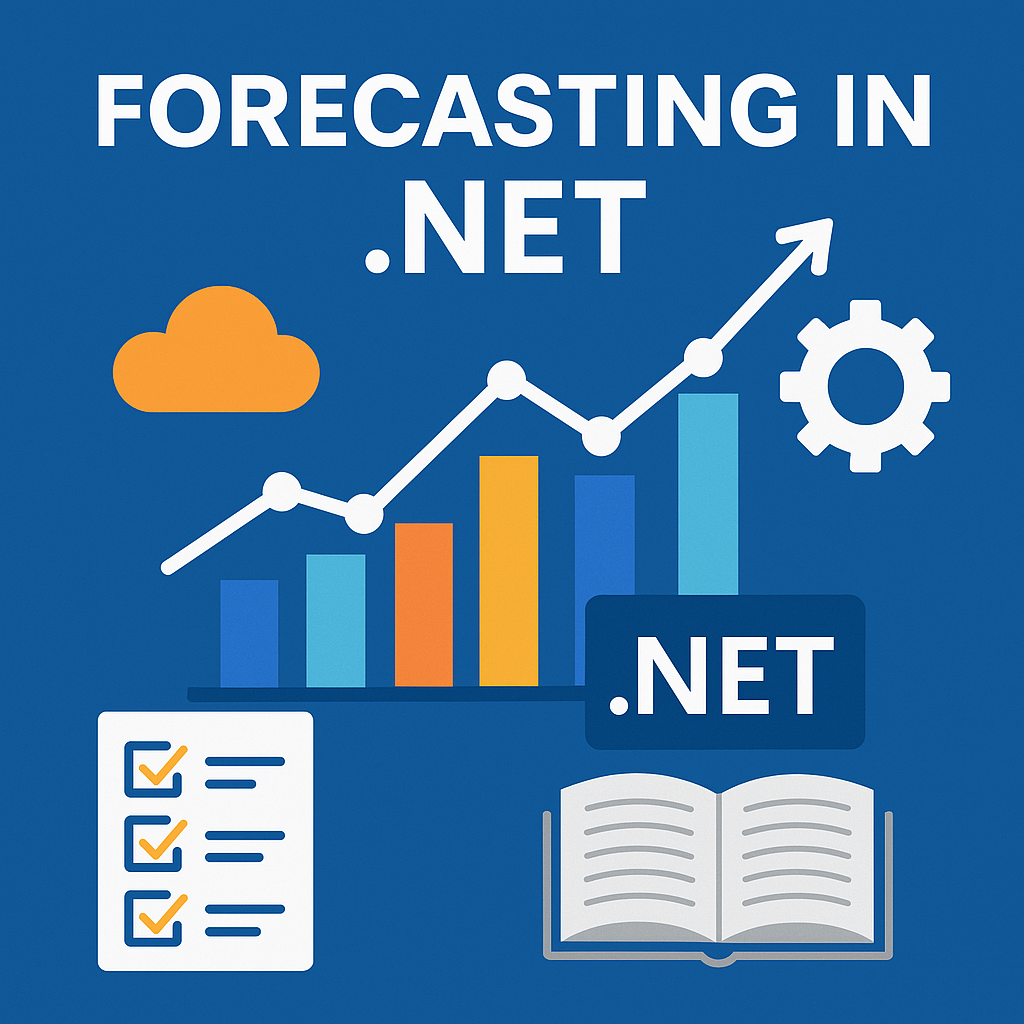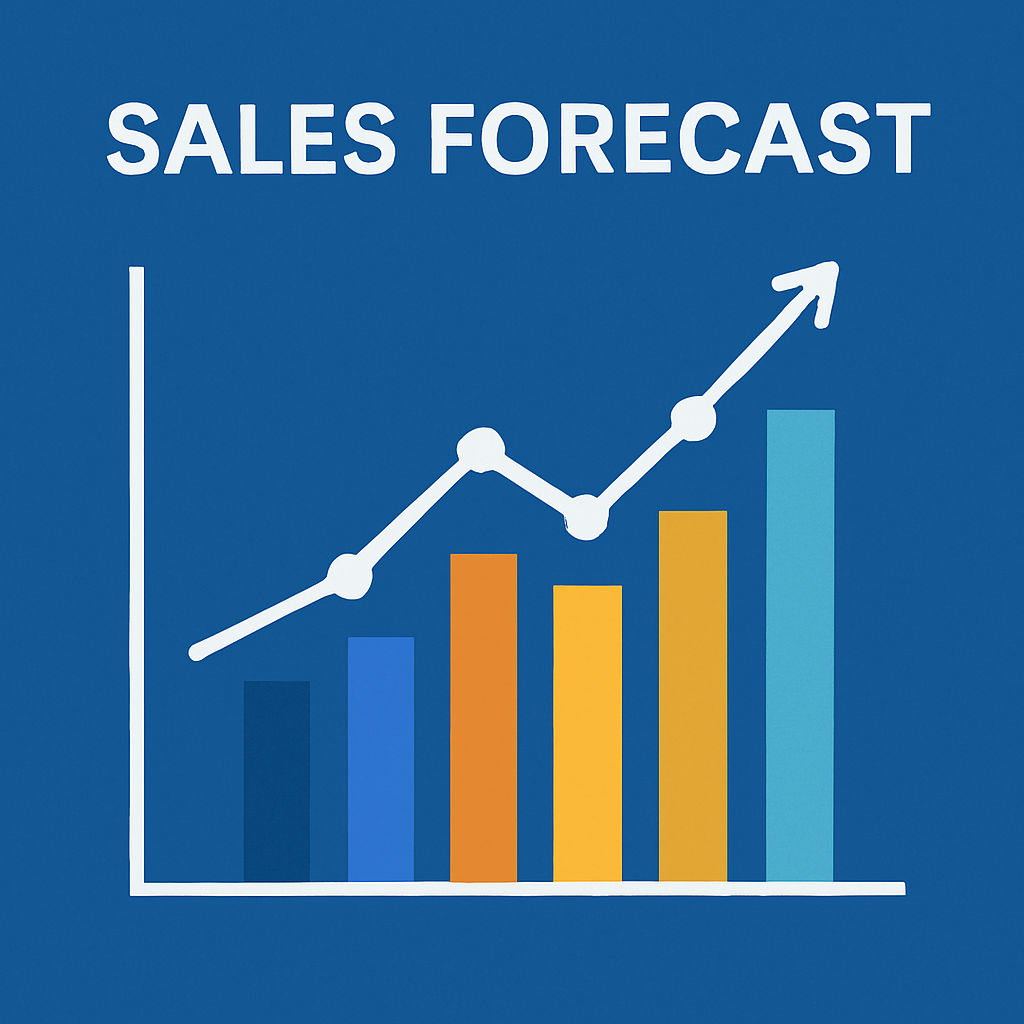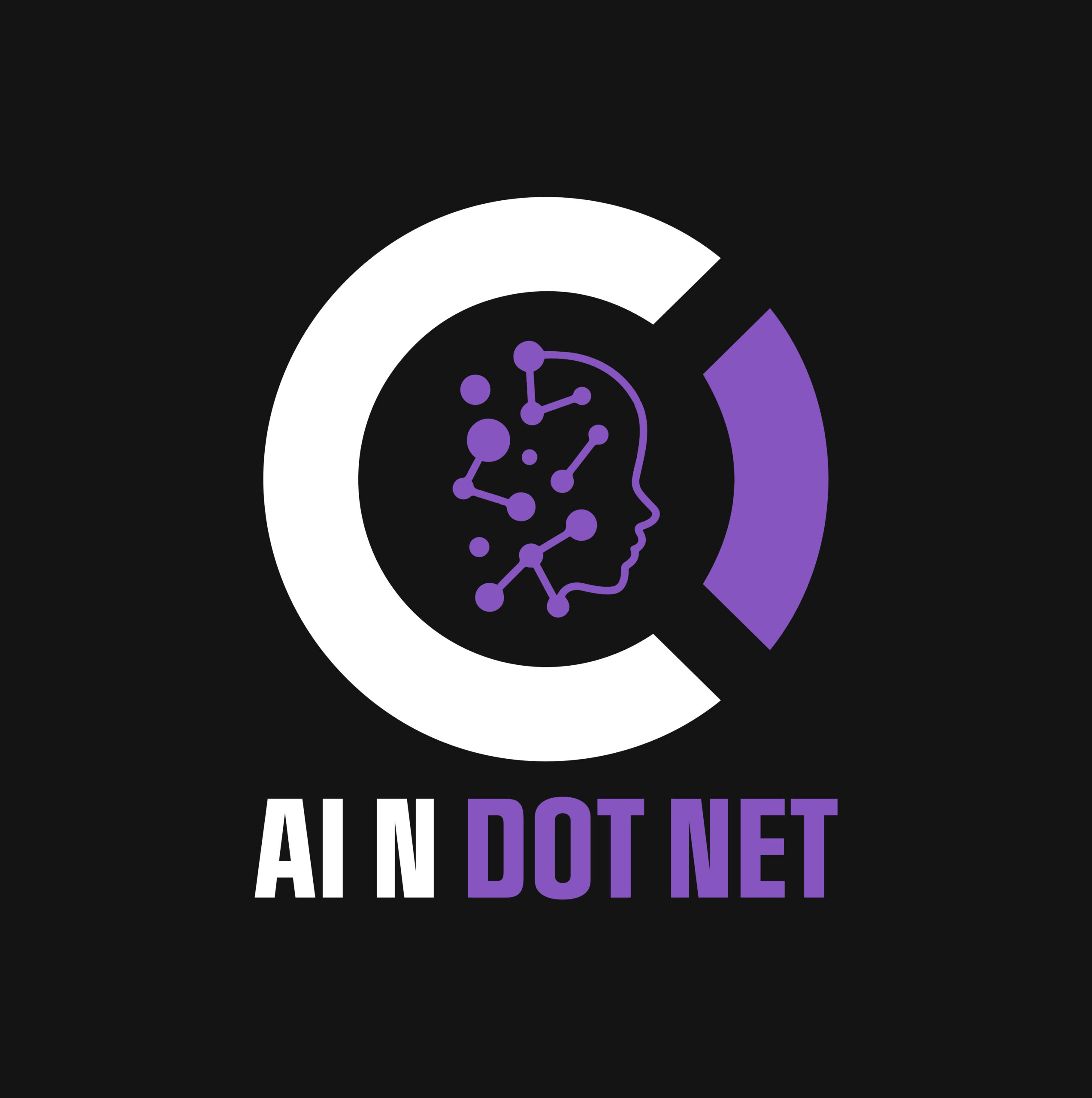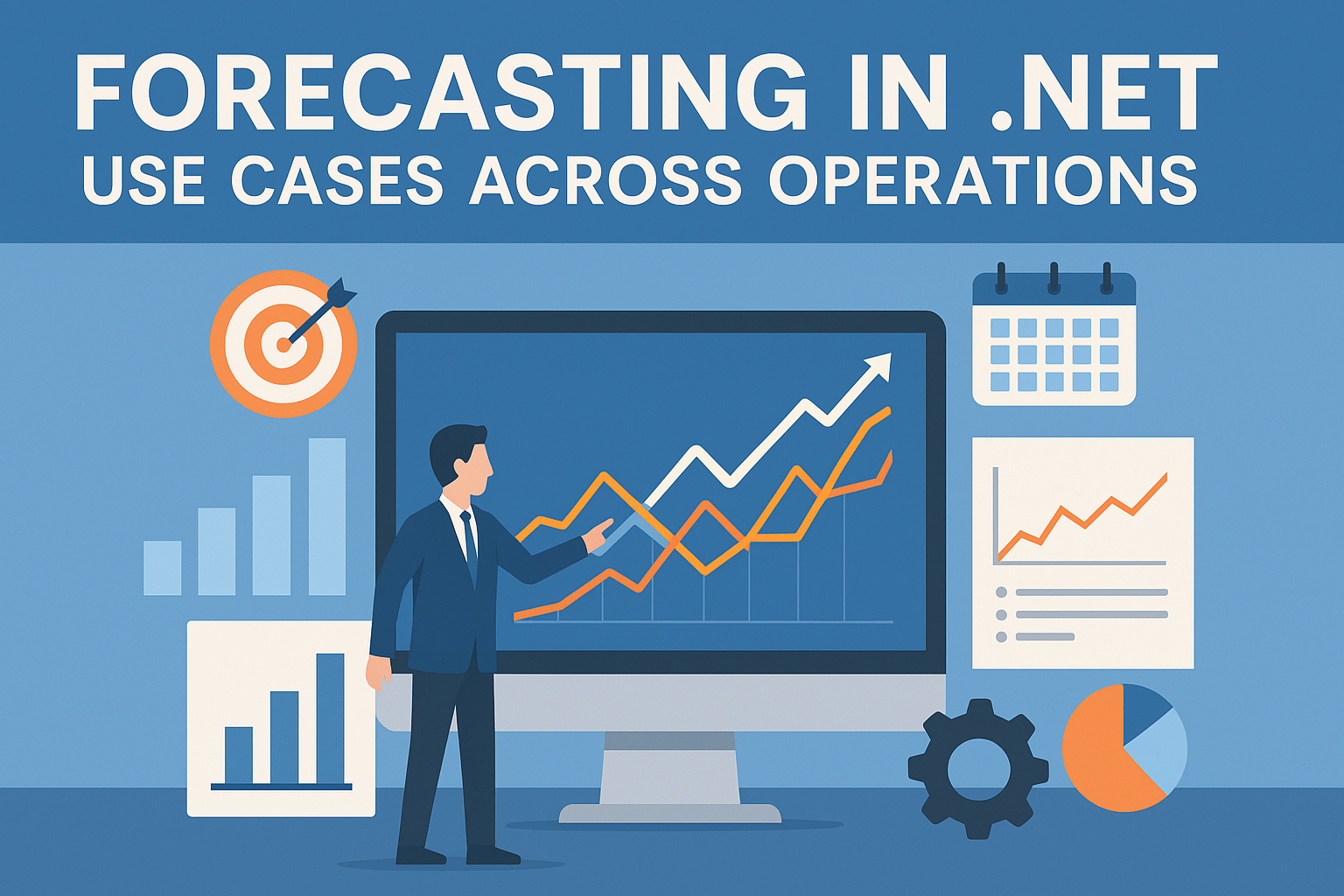How to Choose the Right Tools, Algorithms, and Architecture for Real-World AI Forecasting in Microsoft Environments
 Why Forecasting Matters More Now
Why Forecasting Matters More Now
Forecasting has always been part science, part art—and often ignored.
As someone who studied operations research and statistics decades ago, I expected to use those techniques everywhere. But for 40 years, most customers said, “Just give me a report.” Forecasting was overkill—or worse, mistrusted.
Now, with the rise of AI and machine learning, forecasting is back. Not because the math changed, but because:
- Tools improved
- Data is more available
- Expectations shifted
But flashy tools alone don’t make forecasting useful. If you’re working in a .NET ecosystem and need to forecast anything—sales, demand, staffing, inventory, workloads—you need more than math. You need strategy, practicality, and the right stack.
 Use Cases: Where Forecasting Applies Across Operations
Use Cases: Where Forecasting Applies Across Operations
Forecasting isn’t just for sales teams. Here are real examples across departments:
| Department | Forecasting Application |
|---|---|
| Sales | Monthly revenue, pipeline close rates |
| Operations | Inventory levels, manufacturing capacity |
| IT/DevOps | Server load, storage growth, incident frequency |
| HR | Hiring needs, attrition rates |
| Customer Support | Ticket volumes, staffing schedules |
| Finance | Budget utilization, expense trends |
If you can measure it, you can forecast it.
 Tools for Forecasting in the Microsoft/.NET Ecosystem
Tools for Forecasting in the Microsoft/.NET Ecosystem
Let’s cut through the noise. You don’t need to jump to Azure AutoML or AWS Forecast unless scale, cost, or policy require it.
 ML.NET
ML.NET

- Built for .NET devs
- Free, local, customizable
- Good support for regression, time series, and boosting models
Best algorithms for forecasting:
- FastTree / FastForest → Handles nonlinear data
- LightGBM → High accuracy, scalable
- OnlineGradientDescent → Streaming or real-time updates
- SsaForecasting → Designed for time series
 Math.NET / Accord.NET
Math.NET / Accord.NET
- Excellent for statistical regression and signal processing
- Works well for custom preprocessing or traditional forecasting models (e.g., ARIMA)
 Azure / AWS / Google Cloud
Azure / AWS / Google Cloud
- Advanced models (RNNs, DeepAR, Prophet, Transformers)
- AutoML-style workflows
- Good for massive datasets or multi-model experimentation—but with cost and complexity
 Choosing the Right Architecture: Key Considerations
Choosing the Right Architecture: Key Considerations
Before selecting a model or tool, answer these:
| Consideration | Why It Matters |
|---|---|
| Where is the data? | Moving data costs time and money. Keep compute near data. |
| How much data do you have? | Small = regression. Massive = distributed tools (e.g., Spark) |
| How often will you forecast? | One-time, batch, or continuous? This impacts infrastructure. |
| Does the data need preprocessing? | Missing values, time gaps, and noise can break models. |
| Does it need to run in real time? | ML.NET works for real-time scoring if models are pre-trained |
| Can you train on-prem? | Compliance or security may prohibit cloud training. |
| What is your team skilled in? | Don’t force Python on a C# team—or vice versa. |
| How explainable must the model be? | Simpler models build trust with business leaders. |
| What’s the budget? | Cloud APIs are metered. Local models are cheaper to operate. |

Forecasting is not just math—it’s architecture, integration, and user trust.
 .NET-Friendly Forecasting Architectures (3 Models)
.NET-Friendly Forecasting Architectures (3 Models)
| Model | When to Use | Stack |
|---|
| Basic Batch Forecasting | Weekly sales or workload updates | ML.NET, scheduled console app, SQL + CSV input |
| API-Driven Forecasting | On-demand predictions from a web UI | ML.NET + ASP.NET Web API + Power BI or Blazor frontend |
| Streaming Forecasting | Continuous anomaly detection or capacity planning | ML.NET + SignalR + OnlineGradientDescent + Redis/Kafka |
 The Reality of Forecasting in Practice
The Reality of Forecasting in Practice
Forecasting will disrupt your normal ops:
- You’ll need clean data
- You’ll need your best employee to help test results
- You’ll need to manage expectations from people who expect magic
But the ROI? Huge—when it’s done realistically.
 Final Thoughts: Forecasting That Fits
Final Thoughts: Forecasting That Fits
Skip the hype. Focus on what fits your stack, your data, and your people. If you’re in a .NET environment, ML.NET gives you 80% of the value with none of the cloud cost or language overhead.
Forecasting isn’t about chasing the best algorithm. It’s about building a system that works—predictably.
 Need Help Leading Your AI Project?
Need Help Leading Your AI Project?
Contact us to explore how AInDotNet helps medium-to-large enterprises build AI systems that actually work.
Want to stay ahead in applied AI?

- Download our free AI whitepapers to explore cutting-edge AI applications in business.
- Check out our free AI infographics for quick, digestible AI insights.
- Explore our books on AI and .NET to dive deeper into AI-driven development.
- Stay informed by signing up for our free weekly newsletter

